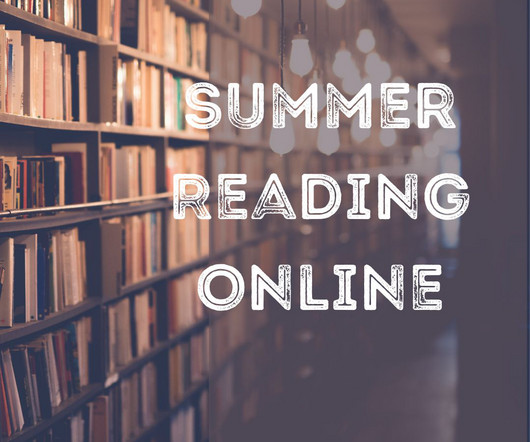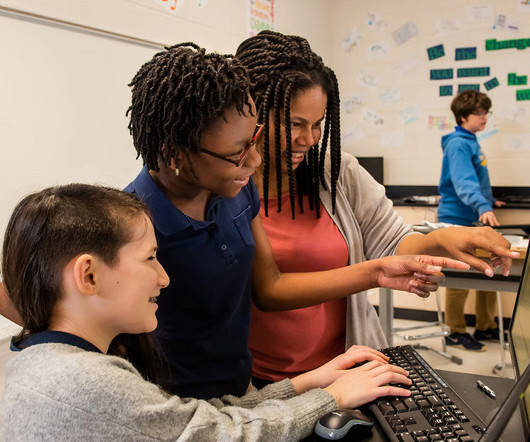A Final Frontier of the Digital Divide: Getting Wi-Fi to the Most Remote Areas
EdTech Magazine
DECEMBER 16, 2020
When leaders of Ector County Independent School District learned in March that 39 percent of their students lacked reliable broadband access at home, they went to work on finding a solution. It developed business partnerships to get low-income families in Odessa, a large city that’s the county seat, free broadband access through June 2021.


















Let's personalize your content